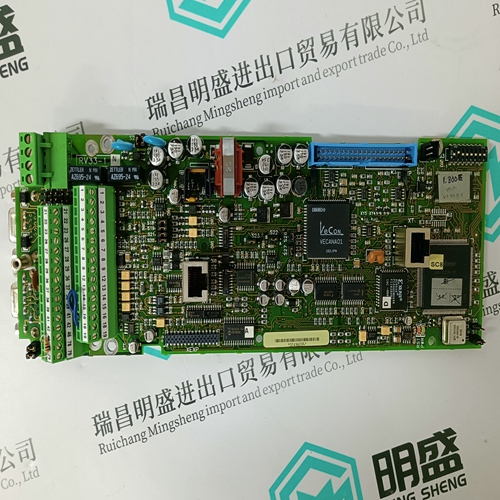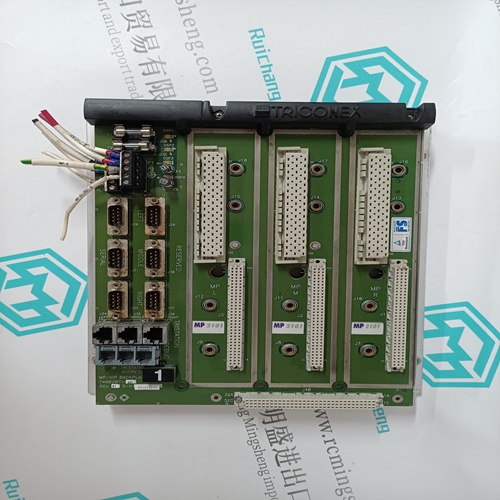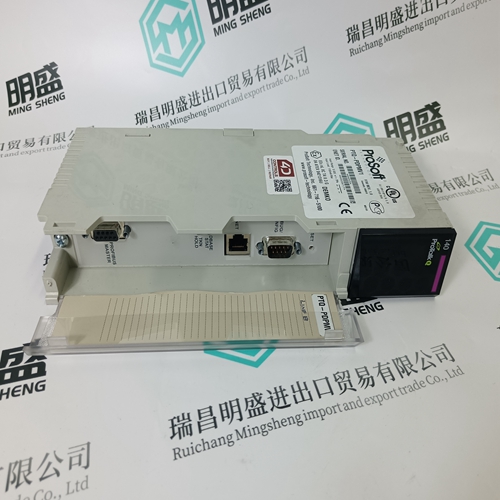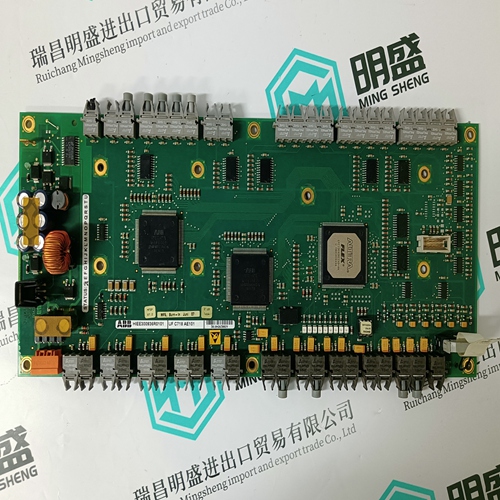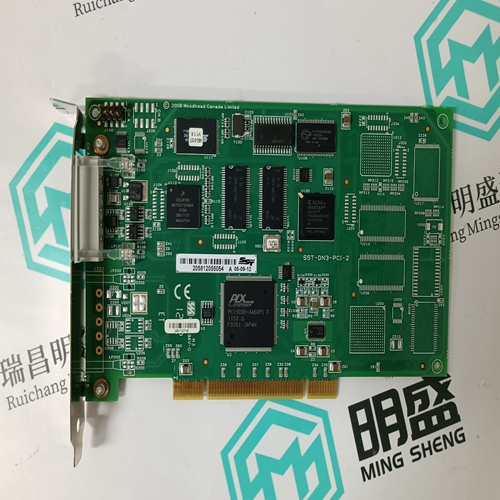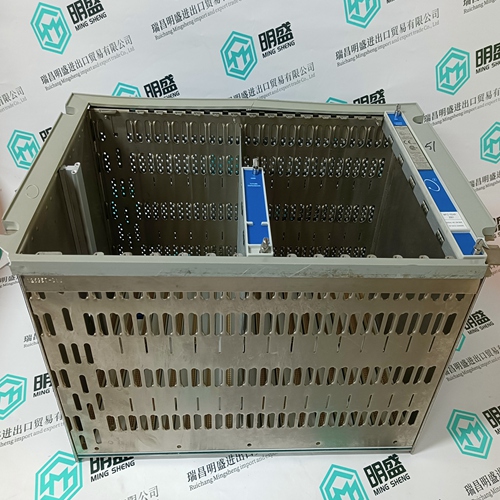Home > Product > Robot control system > Nikon 99-80336-01 Printed Circuit Board
Nikon 99-80336-01 Printed Circuit Board
- Goods status: new/used
- Delivery date: stock
- The quality assurance period: 365 days
- Phone/WhatsApp/WeChat:+86 15270269218
- Email:stodcdcs@gmail.com
- Tags:Nikon99-80336-01Printed Circuit Board
- Get the latest price:Click to consult
Nikon 99-80336-01 Printed Circuit Board
Product Details Introduction
Printed Circuit Board (PCB) is a key component used in electronic devices, providing connections and support between electronic components. The characteristics of PCB products can vary depending on their design, usage, and materials, but the following are some common product features:
Conductivity: PCB is usually covered with a conductive layer, usually copper, used to connect various electronic components, such as resistors, capacitors, transistors, etc. The thickness and layout of the copper layer can be customized according to the requirements of the circuit.
Insulation: The substrate of a PCB is usually an insulation material, such as glass fiber reinforced epoxy resin (FR-4), to prevent short circuits between wires.
Hierarchy: PCBs can have single layer, double layer, or multi-layer structures, and multi-layer PCBs allow more circuit components and wires to be arranged in limited space, providing higher integration.
Component installation: Various electronic components, including surface mount components (SMD) and plug-in components, can be installed on a PCB, and the selection of these components depends on the circuit requirements and design.
Size and shape: PCBs can be customized according to specific application space and shape requirements, and can be rectangular, circular, or other complex shapes.
Surface treatment: The copper layer on the PCB may require surface treatment to improve corrosion resistance and welding performance. Common surface treatment methods include tin, gold, nickel plating, spray plating, etc.
Printing marks: PCB usually includes identification, markings, and printing to assist in assembly, maintenance, and troubleshooting.
Thermal management: For high-power electronic devices, PCB design may include heat dissipation components (such as heat sinks, heat sinks) to effectively manage the heat inside the device.
Reliability and Durability: PCB must have sufficient reliability to operate under various environmental conditions and withstand the influence of factors such as vibration, humidity, and temperature.
Cost effectiveness: The design and manufacturing of PCBs usually need to consider cost effectiveness to meet project budget requirements.
Environmental protection: Modern PCB design is also increasingly focusing on environmental factors, selecting materials and production methods to reduce negative impacts on the environment.
Circuit complexity: Different PCBs can include simple one layer circuits or highly complex multi-layer circuits, depending on the circuit complexity of the application.
Product image
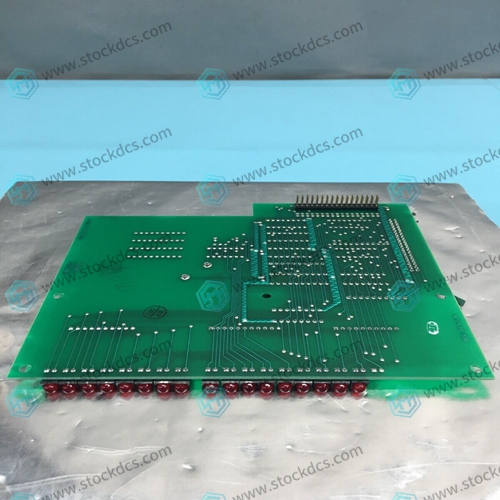
Related products:
Nikon 4S017-615 Control Pulse Module

